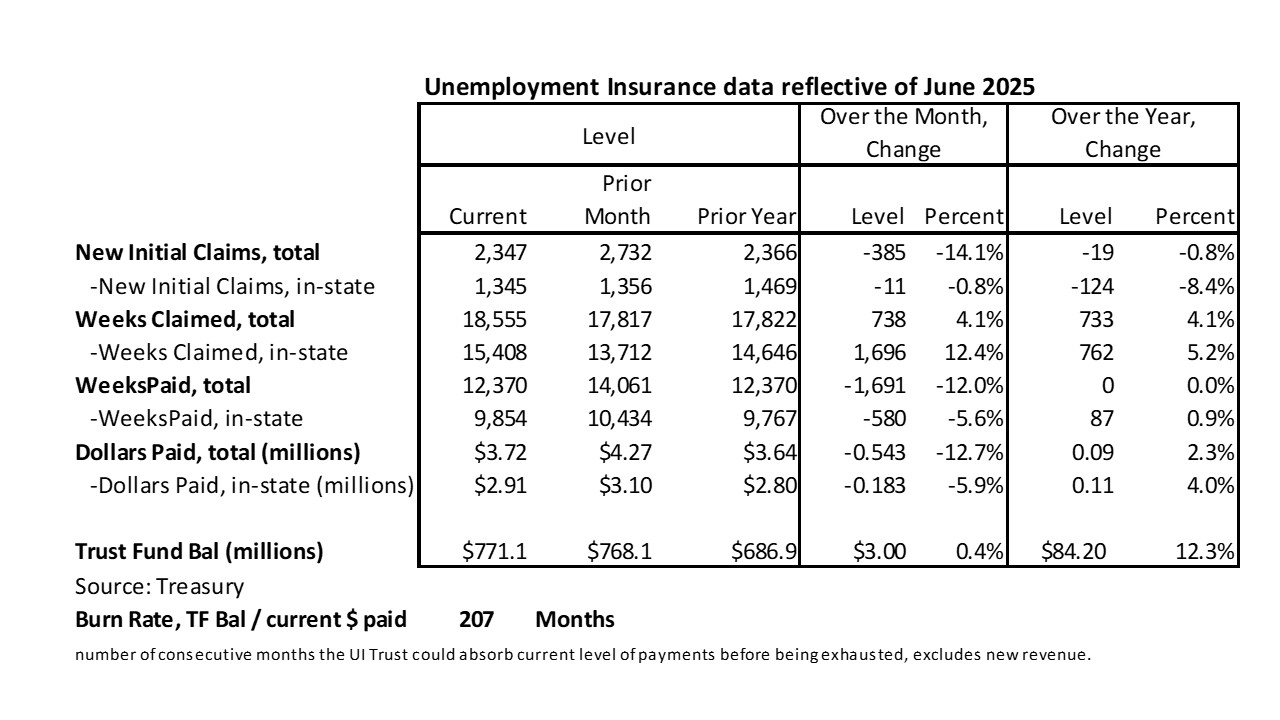How the Department of Labor creates these projections
Step 1: Project industry employment
Data from the Quarterly Census of Employment and Wages are used to determine the number of jobs for each industry during the first year, or “base year” of the projection period. 1 Certain types of public-sector employment – such as education, hospitals, rail transportation, and U.S. Postal Service – are combined with employment in private-sector industries.

